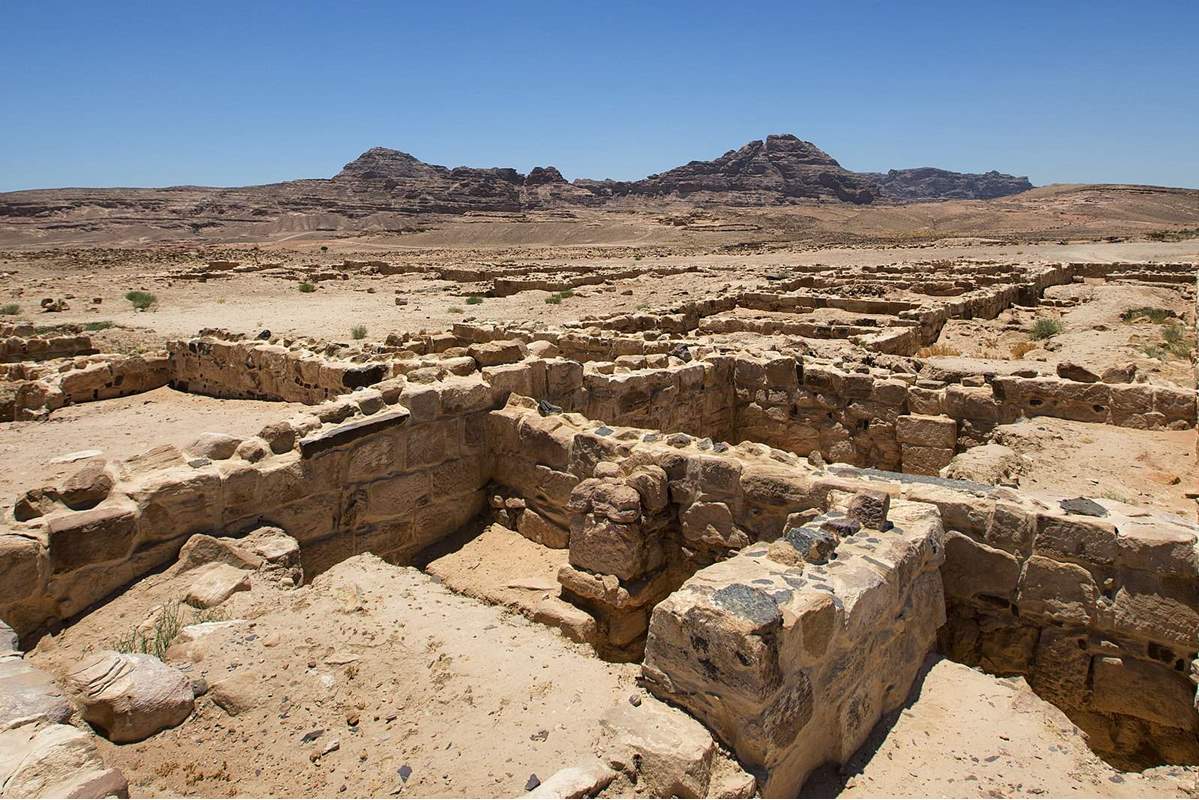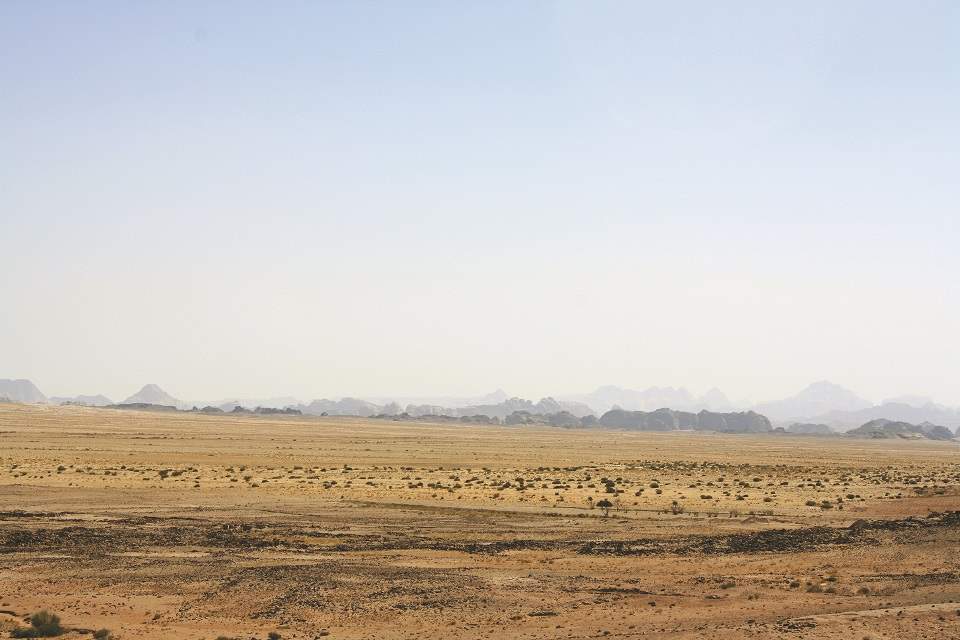AMMAN — Hidden in the southern Jordanian desert,
Humayma is an ancient settlement that witnessed the birth of the Abbasid
Revolution — a clandestine site where the first three caliphs of the
Abbasid Empire orchestrated a movement to overthrow the Umayyad Caliphate.
اضافة اعلان
There, the caliphs disseminated information through traders
who visited Humayma from Damascus, the former capital of the Umayyads.
Established in 90BC by the Nabataeans of Petra, Humayma also
served as a trading stop located on the ancient King’s Highway between the Gulf
of Aqaba and Petra.
It was known back then as Havara or Auara, Arabic for white.
 Established in 90BC by the Nabataeans of Petra, Humayma
served as a trading stop located on the ancient King’s Highway between the Gulf
of Aqaba and Petra. (Photos: Wikimedia)
Established in 90BC by the Nabataeans of Petra, Humayma
served as a trading stop located on the ancient King’s Highway between the Gulf
of Aqaba and Petra. (Photos: Wikimedia)
According to historians, the name was chosen by the Nabataean
King Aretas III who ordered it built after dreaming that his father, clad in a white
cloak, was riding a horse down that area.
This settlement, 300km south of Amman, consists of several
structures that date back to the Nabataean, Roman, Byzantine, and the Umayyad
eras.
Historically, Humayma was an oasis, despite only receiving 80mm
rainfall each year. Its infrastructure was designed for water harvesting.
Nabataean engineers collected water through aqueducts in the
settlement’s surrounding 200sq.km. area, which was linked to the Hamam spring in
the neighboring Al-Naqab region.
On either side of the desert highway that passes near
Humayma, people can see several caves that were carved by Nabataeans to collect
rainwater.
The Nabataean Kingdom extended from Damascus to Madain Saleh
in the north of Saudi Arabia, and from the Jordanian eastern desert to Gaza in
the west.
In their golden age, the Nabataeans took advantage of their
kingdom’s location, which helped them control most of the region’s trade
routes, especially the frankincense road that came from Yemen (a main source of
spices like incense and murr).
 Established in 90BC by the Nabataeans of Petra, Humayma
served as a trading stop located on the ancient King’s Highway between the Gulf
of Aqaba and Petra. (Photos: Wikimedia)
Established in 90BC by the Nabataeans of Petra, Humayma
served as a trading stop located on the ancient King’s Highway between the Gulf
of Aqaba and Petra. (Photos: Wikimedia)
After defeating the last Umayyad caliph, Abdullah Ibn
Muhammad (known as Al-Saffah, or the slaughterer) became the first Abbasid
caliph and chose Kufa in Iraq as his capital city, which then became the newly
founded city of Baghdad.
In addition to the Nabataean reservoirs and aqueducts, the
site contains other notable structures such as the Roman fort, the four Byzantine
churches, the Umayyad palace, and the Abbasid Mosque.
For many archaeologists, Humayma is a phenomenal Nabataean
site, where an extremely arid area was turned into a settlement that flourished
for centuries.
Read more
Travel



